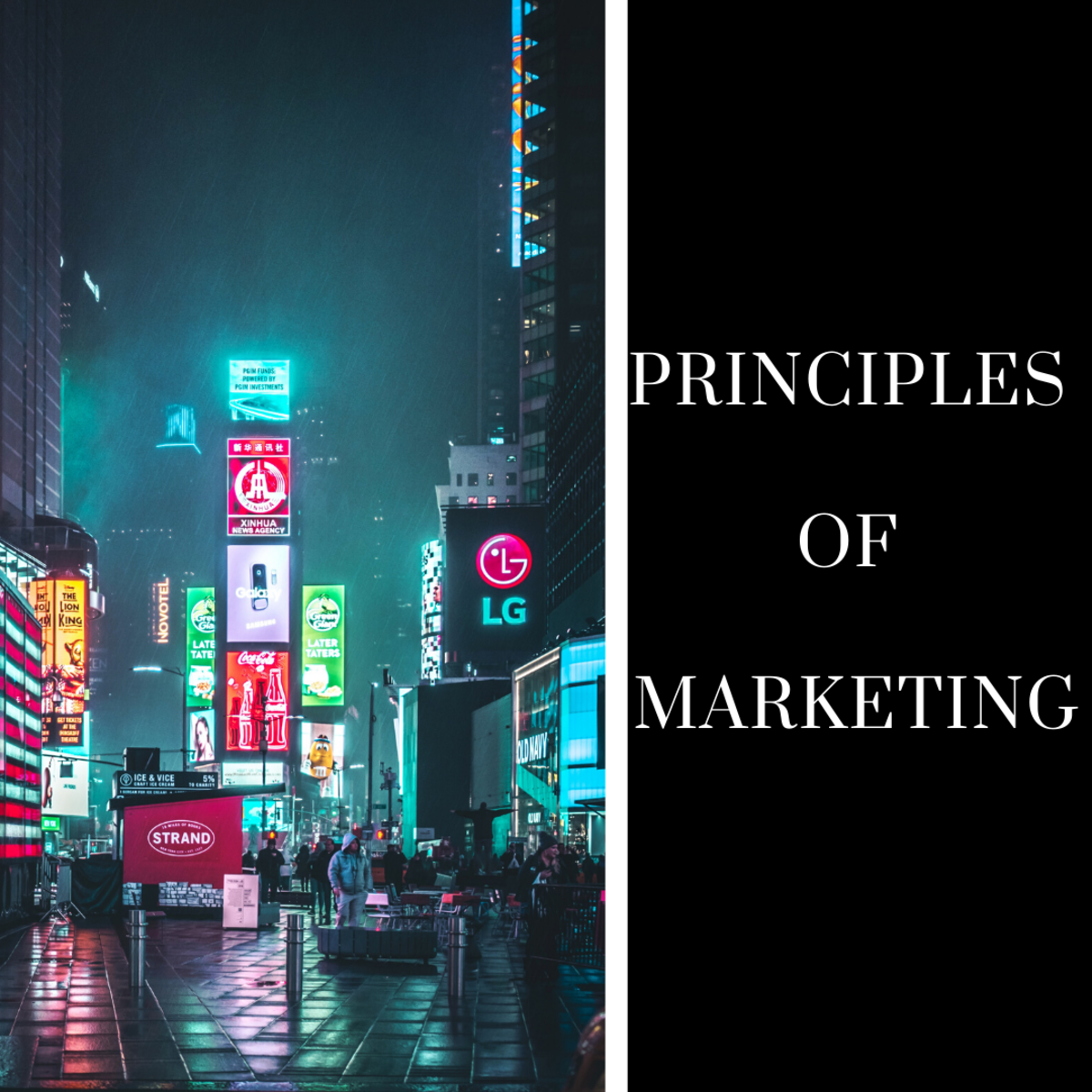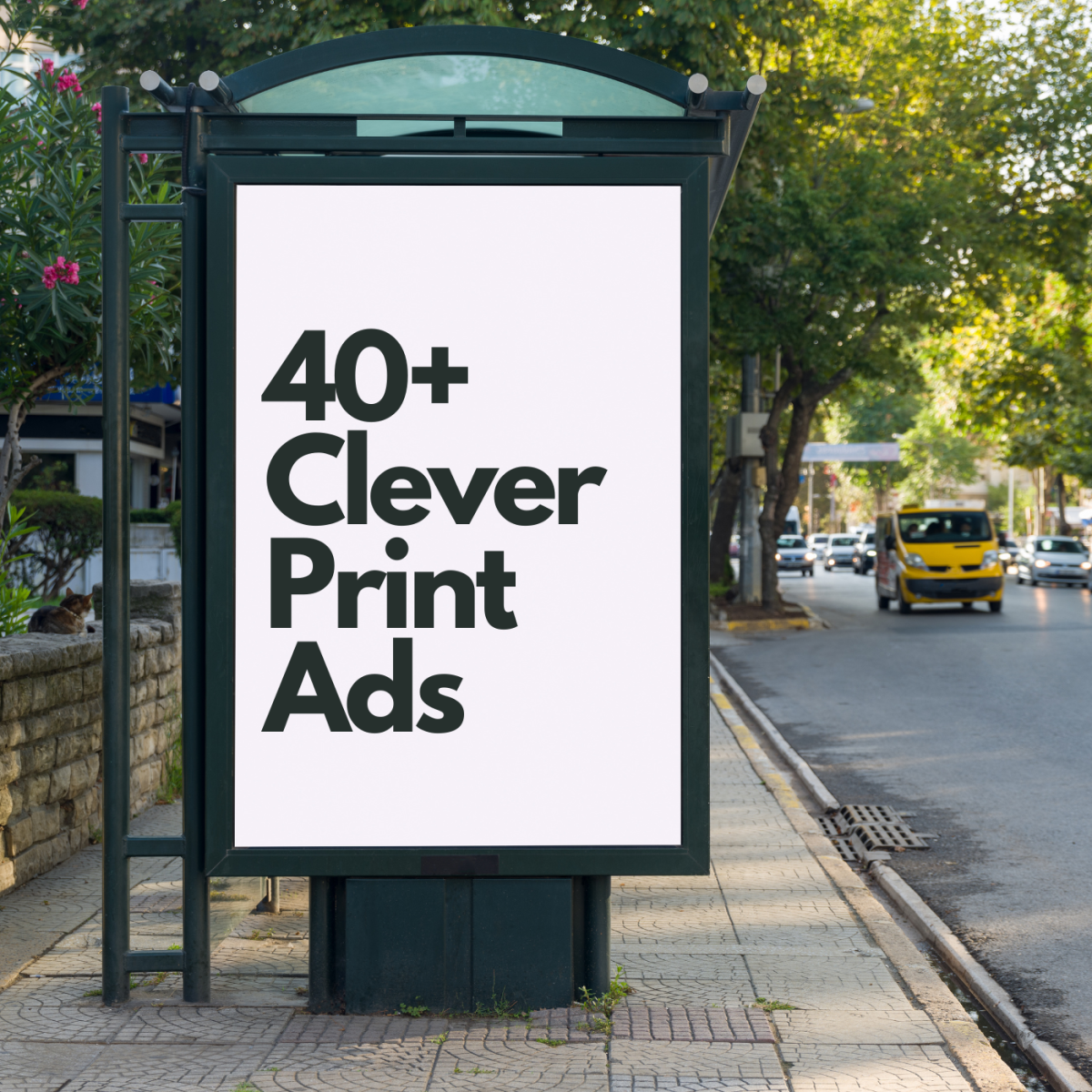Marketing Basics
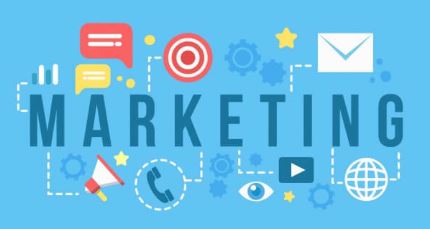
The concept of providing the perfect product in the ideal location, priced just right and on time for potential customers is the overarching definition of marketing. Proper execution and implementation of marketing efforts require extensive research and tons of hard work in every phase along the way. The most effective and promising products will fall short and cost substantial damage if attention to detail fails at any step. Over many decades standard operating procedures have emerged as guides through the marketing process. Product development, the 4P's, the 5Cs, SWOT analysis, and the purchase process all function together to help marketers put their products in line with their customers.
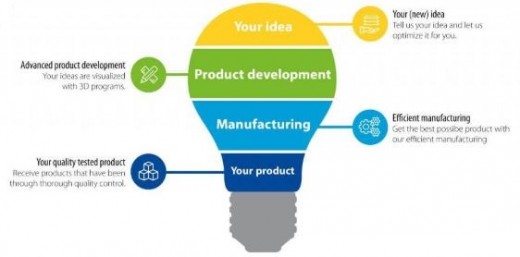
Product Development
Every product that makes it onto a shelf of any kind undergoes a life cycle. Product life cycles begin the moment an idea for a new product is born and begins development. Bottom-up and top-down product development incorporates some sequence of idea generation, design, development, and commercialization. The difference in either method is when the customer is involved and how frequently the business receives feedback from the target group (Iacobucci, 2013). There are two approaches to product development, bottom-up, and top-down. Top-down product development, by definition, starts with an idea from within a company independent from the customer and funnels down to customers. In bottom-up product development, ideas generate from an explicit desire outlined by potential customers and funnel upwards to development.
Product creators generate new ideas as a result of unsatisfactory reviews of current products and services. Otherwise, organizations attempt to create unique desires for new products or services. Regardless, the next step is to design and develop the new idea. Designing new ideas is a process by which the concepts of the product become tangible and realistic. During development, products undergo design modification and manipulation. Developers make changes based on customer feedback or technical feedback from test groups and subject matter experts. The final stage is marketing. During the marketing phase, advertising departments determine how the new product is presented to target audiences.
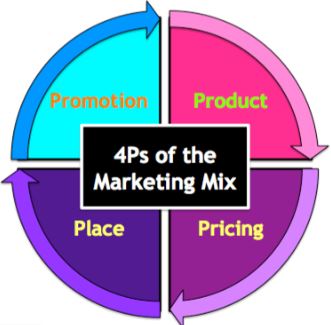
The 4P's of Marketing
The 4P's of marketing is also called the marketing mix and is an excellent way to ensure putting the right product in the right place happens. The marketing mix is crucial to assisting marketers in understanding how a product/service provides value to potential customers. Price, product, promotion, and place are the four P's and have been expanded on with the advent of the 5C's of marketing discussed later.
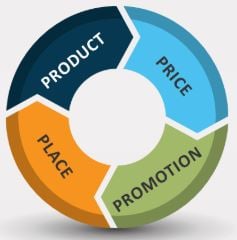
The 4P's are product, price, promotion, and place. An individual, a company, or any other entity who creates a product specifically for consumption is a marketer. Products are designed to fulfill a want or need amongst a target group of consumers. Promotion of the product includes advertising and sales promotions aimed towards the values of the target group for the product. The marketer is also responsible for setting an appropriate price for the product. Lastly, the marketer is responsible for ensuring the product is available for purchase in the most convenient places for the target group to access.
The marketing manager, for example, a breakfast cereal must understand what niche a new brand or version is fulfilling the market. Breakfast cereal is a saturated market, and most participants have a representative cereal for every category from sugary to weight conscious. To remain competitive and relevant, marketing managers must carefully price and places their products in the most popular stores in target communities. Innovation throughout promotional phases is essential to create value in the customer's eyes. Evaluating the customer's values is captured in the expansion of the 4P's, the 5C's of marketing.
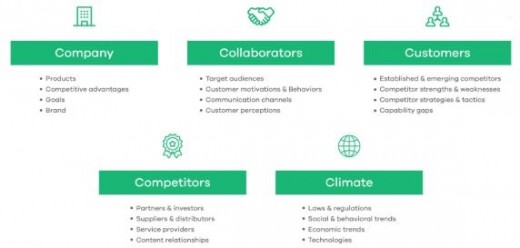
The 5C's of Marketing
Customer, company, climate, collaborators, and competitors are the five C's of marketing. The 5Cs provide a systematic approach for a marketer to identify all relevant aspects of a business venture. First identify the customer, who the customer is, what the customer is like, what the customer values or devalues, and whether or not a different type of customer is obtainable. Next, marketers identify the strengths and weaknesses of their company and products and how those attributes can benefit the targeted customer. Climate refers to industry. What is the climate of the industry? In what context will the product function within its industry? Failure to adequately answer this question will lead to a product inferior in tone and necessity to its competitors. Marketers form various collaborations to remedy gaps in context and climate. Collaborating with test groups and specialists help to determine ways to strengthen the company/product and its relationship to target markets.
SWOT Analysis
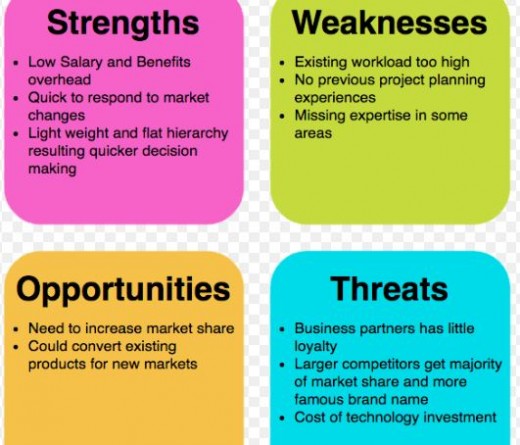
Finally, to remain relevant and marketable, organizations must thoroughly and continuously evaluate and anticipate the efforts and progress of competitors through analysis. Components of a competitor analysis revolve around strengths, weaknesses, opportunities, and threats (SWOT) relative to identified market competitors in the eyes of the consumer. By developing a SWOT diagram, a marketing manager can gain an idea of how products measure against competition according to the target market.
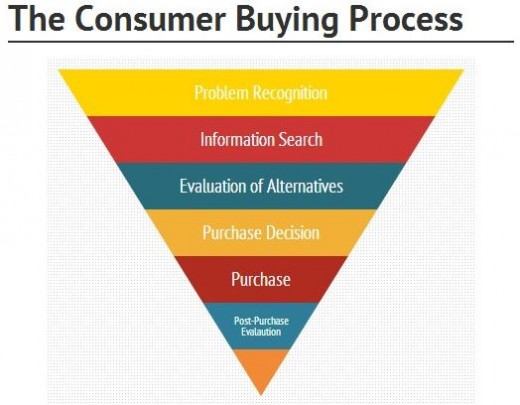
The Consumer Buying Process
The consumer buying process is an evaluation of the customer's relationship with the product. There are three main phases in the process; (1) pre-purchase, (2)purchase, and (3)post-purchase. During the pre-purchase period, customers have identified a want or need and begin to seek out a satisfactory solution. Organizations focus on providing a satisfactory answer to the unfulfilled needs of potential customers. The purchase phase operates under the assumption customers have narrowed their search to a list of trusted brands. The goal of relevant organizations is to make this list, ultimately ending in a purchase of one product over its competitors.
During the post-purchase process, customers evaluate their overall experience; this includes the purchase and performance of the product and whether it successfully fulfilled their want or need. Meanwhile, organizations are focused on providing a product or service the customer does not regret. Marketing managers and executives want customers to look back positively on purchases made from their organization, make future purchases, and recommend their products to friends and family.
References
Iacobucci, D., Vanderbilt University, (2013). MM 4, 4th Edition, Cengage
ISBN: 9781133629382
This content is accurate and true to the best of the author’s knowledge and is not meant to substitute for formal and individualized advice from a qualified professional.
© 2019 Lani Morris



